In the News
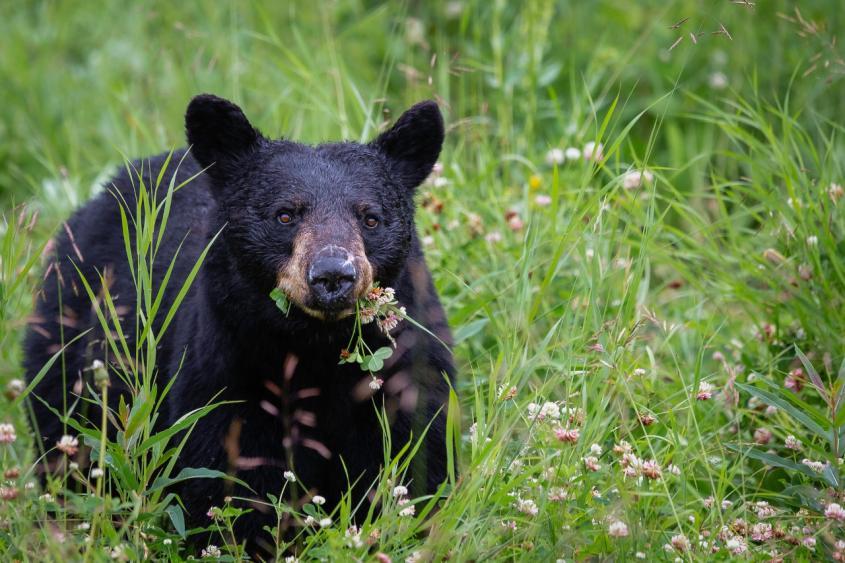
October 17, 2023
A black bear being treated at the Cornell Janet L. Swanson Wildlife Hospital tested positive for a Salmonella strain that had not been seen in animals in the U.S. before. A joint study between the hospital and Dr. Kevin Cummings helped detect the outbreak quickly and prevent the bacteria from spreading further.
October 13, 2023
Dr. Raina Plowright, the Rudolf J. and Katharine L. Steffen Professor of Veterinary Medicine in the Department of Public and Ecosystem Health at CVM was elected to the National Academy of Medicine, one of the highest honors in the fields of health and medicine.

October 11, 2023
We strap on our snorkel gear and jump into the blue. It only takes a few butterfly kicks to reach a citadel bustling with life. Within seconds, we are greeted by branching, massive, and laminar structures formed by hundreds of genetically identical individuals....
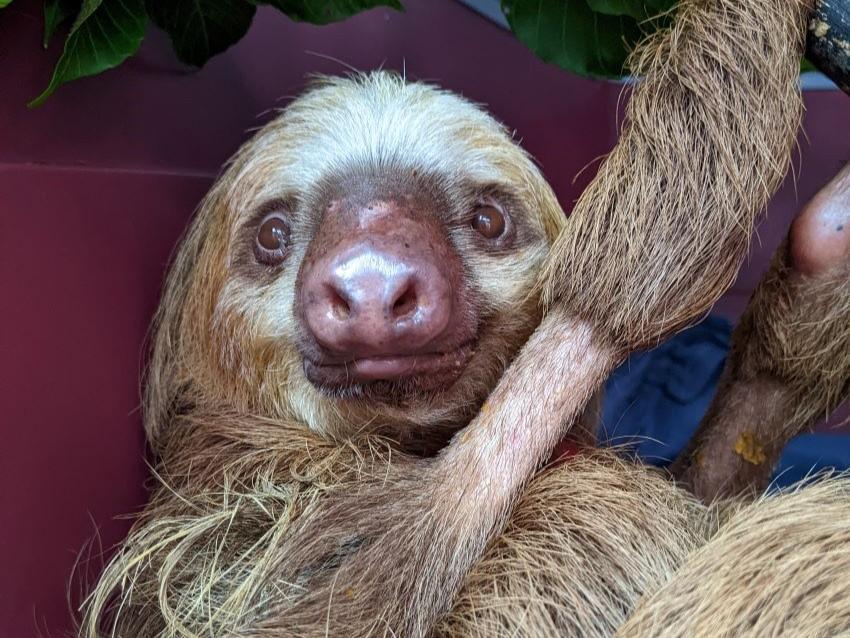
Blog
October 09, 2023
This past summer, Cornell veterinary student Sophie Yasuda traveled to Puerto Viejo de Talamanca, a beautiful beach town along the Caribbean coast of Costa Rica, to work at the Jaguar Rescue Center.

For Your Information
October 06, 2023
This recent study shows that despite a population increase of greater one-horned rhinos in Nepal's Chitwan National Park, genetic diversity has declined.
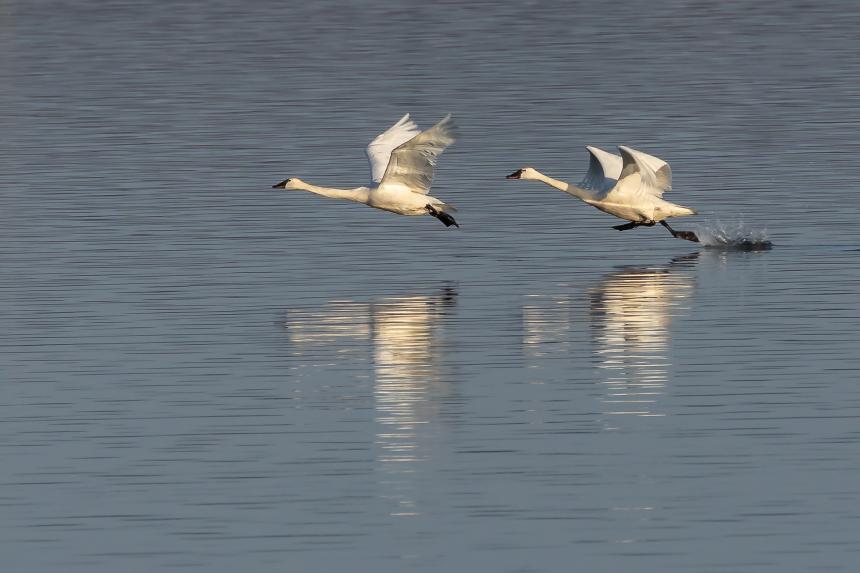
For Your Information
October 05, 2023
Since 2005, highly pathogenic avian influenza A H5N1 viruses have spread from Asia worldwide, infecting poultry, humans and wild birds. This new paper contributes to the understanding of the prevalence and ecology of low-pathogenicity avian influenza viruses in Mongolia, where birds from multiple flyways mix.
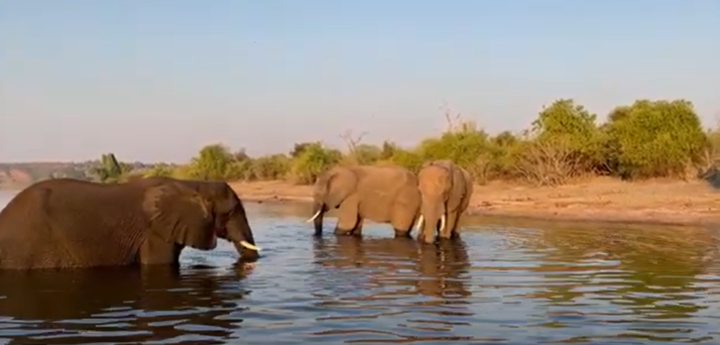
Video
October 03, 2023
Enjoy these beautiful wild elephants in Chobe National Park, Botswana - part of the KAZA (Kavango Zambezi) Transfrontier Conservation Area - where we're working to restore key wildlife migration corridors.
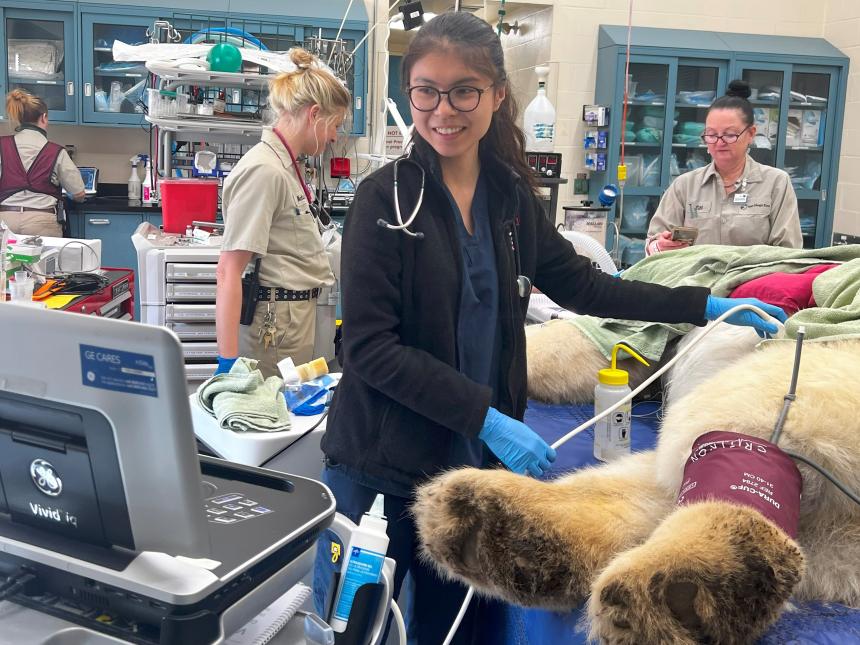
September 20, 2023
I have met many conservationists who do not believe in keeping wildlife in captivity. However, the San Diego Zoo seems to win the hearts of both wildlife conservationists and those who work with captive wildlife. How does this zoo bridge the gap between the two?
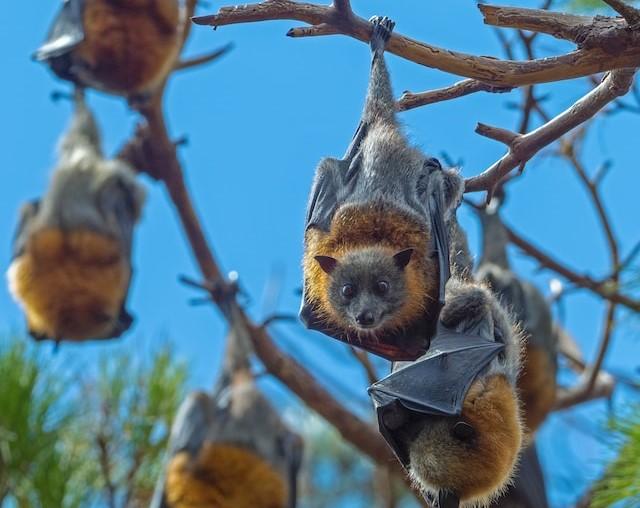
September 16, 2023
The COVID-19 pandemic can be traced back to a bat virus. Indeed, bats are known reservoirs for many dangerous viruses that can spill over to humans. To help prevent the next pandemic, Cornell’s Dr. Steve Osofsky and WCS’s Dr. Sue Lieberman argue that humanity must leave bats and their habitats undisturbed.

News
September 15, 2023
In this alumni spotlight, we sit down with Cornell alum Hayley Murphy, CEO of the Detroit Zoological Society, and discuss her career journey as zoological veterinarian and wildlife conservationist.
